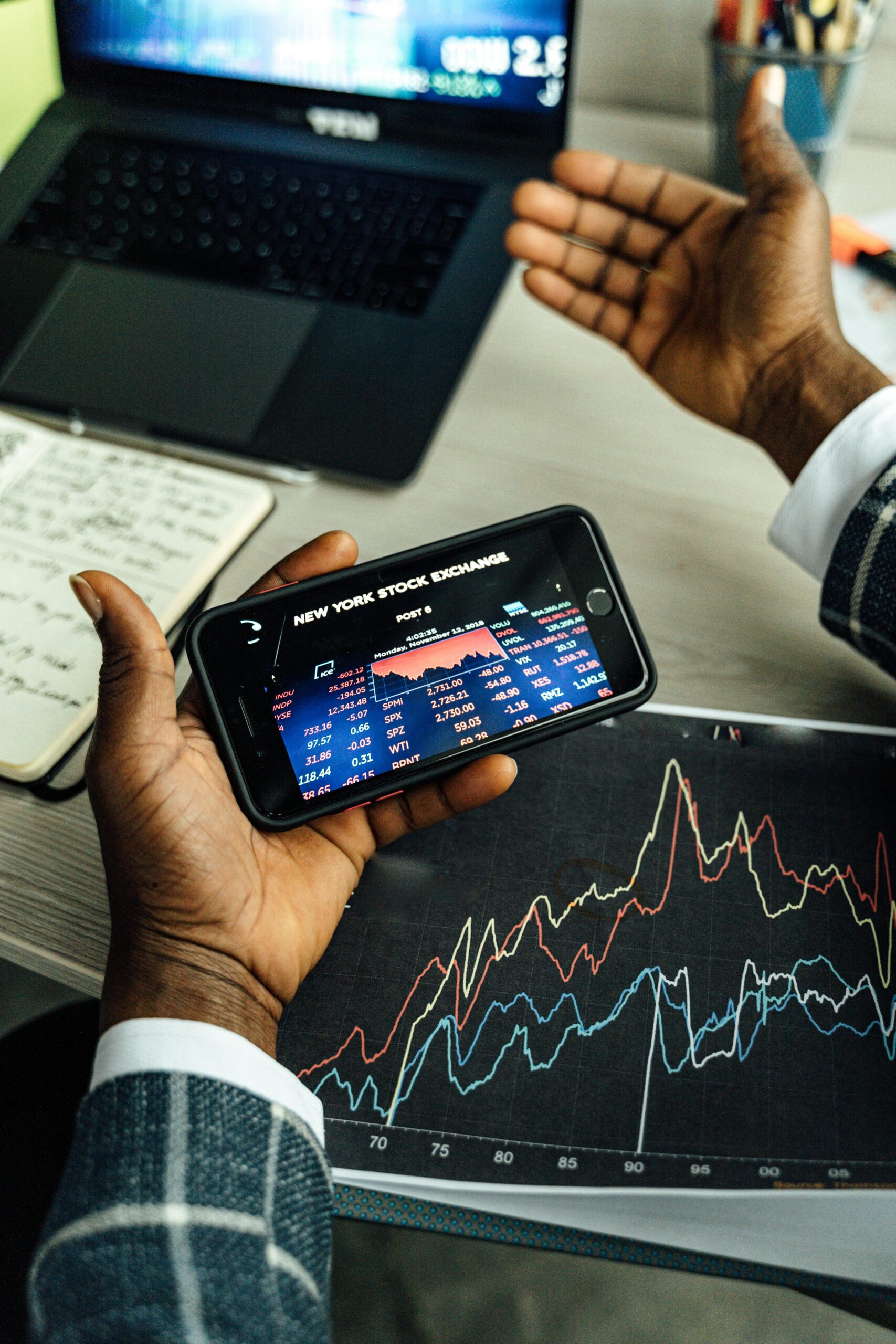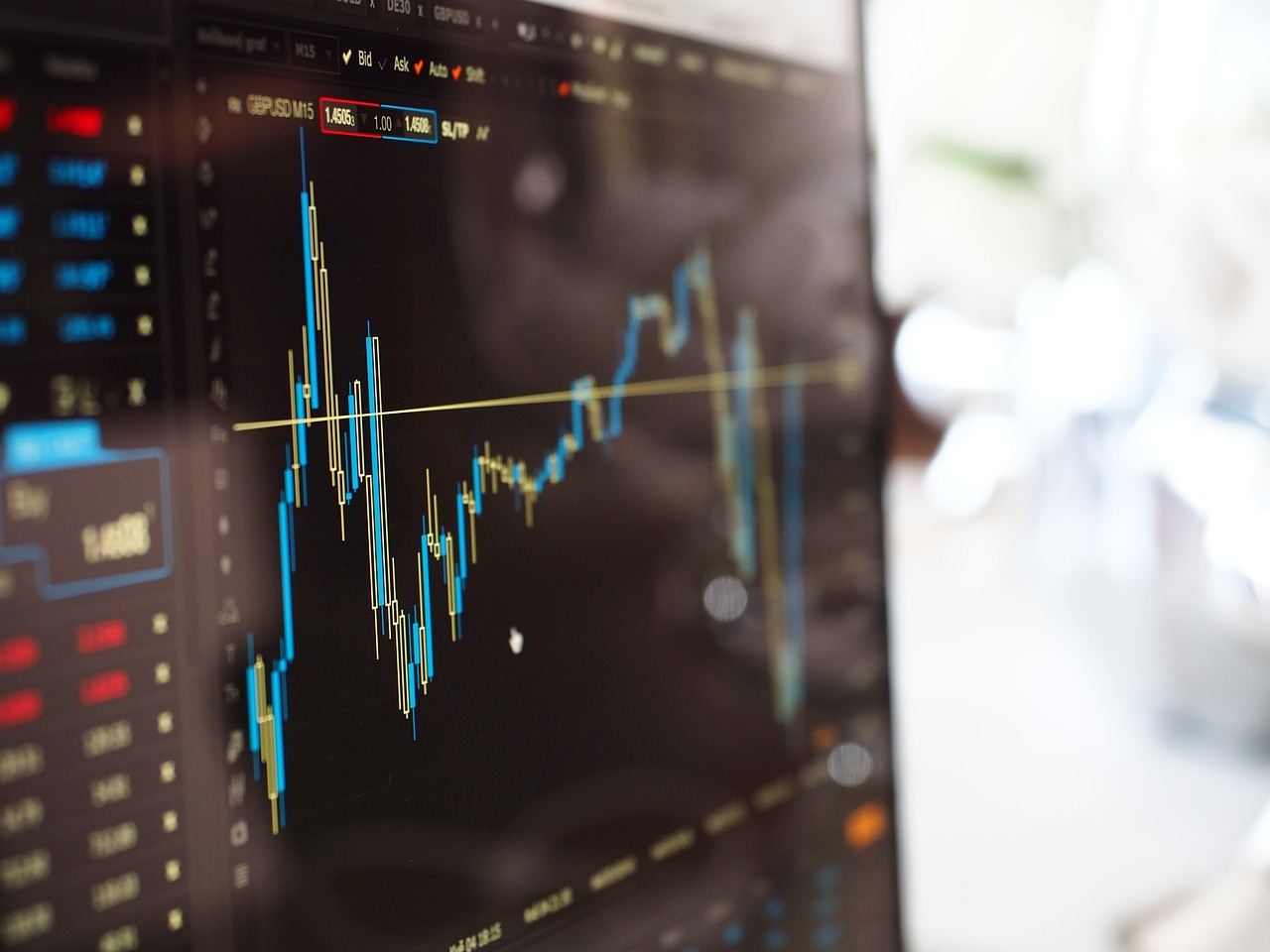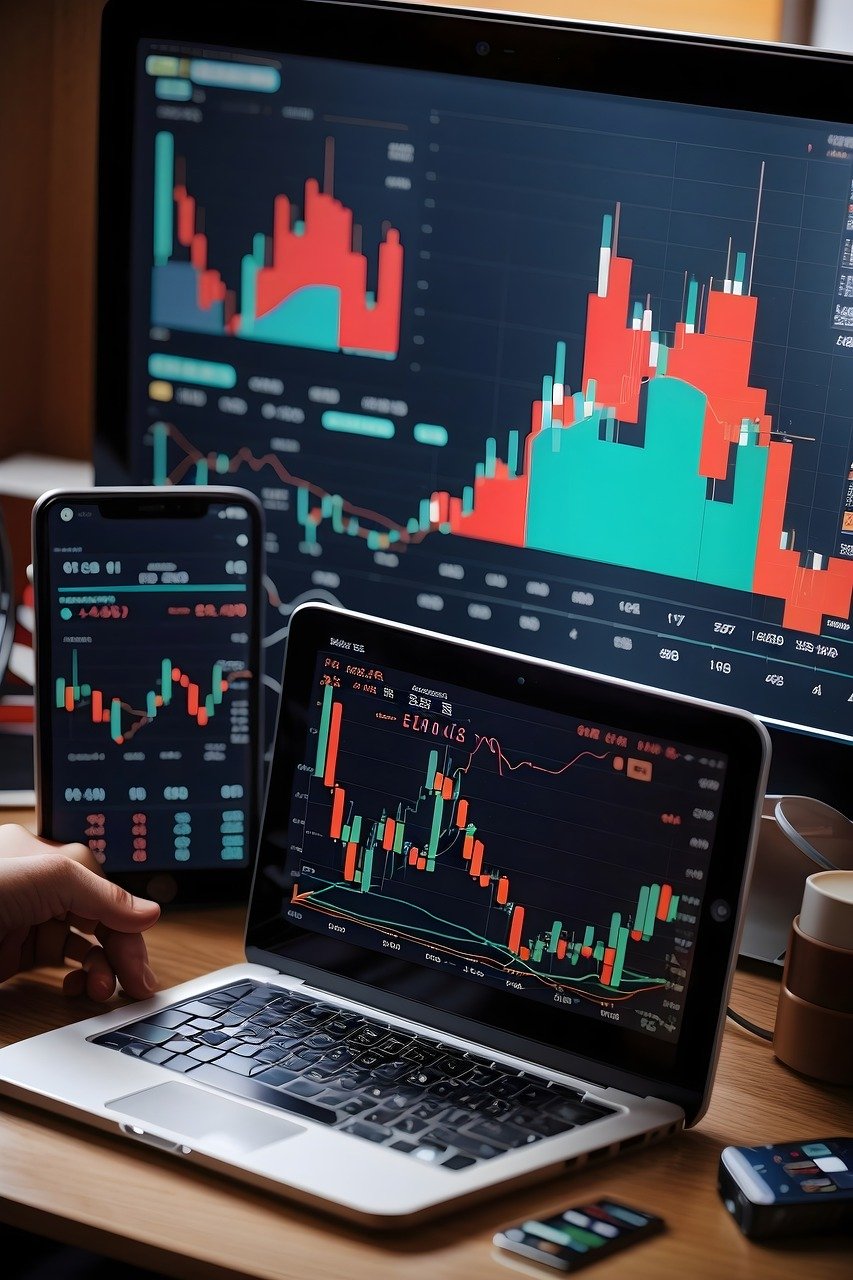1. Introduction
Artificial Intelligence (AI) is transforming the trading world. With machine learning, deep learning, and automation, traders can make faster and more precise decisions. AI-powered trading strategies analyze massive amounts of data, optimize entry points, and execute trades efficiently.
AI trading strategies work across different trading styles, including day trading, swing trading, options trading, and forex trading. By leveraging AI, traders can reduce human bias, improve risk management, and increase profitability.
This guide will explore various AI-driven strategies and their practical applications in the financial markets.
2. Understanding AI in Trading
What is AI Trading?
AI trading refers to using artificial intelligence, machine learning, and automation to analyze market trends and execute trades. These AI-driven systems process vast amounts of financial data within seconds, providing traders with valuable insights.
How AI Enhances Trading Efficiency
- Data Analysis: AI scans historical and real-time market data to identify patterns.
- Trade Execution: Automated bots execute trades faster than humans.
- Risk Management: AI monitors volatility and adjusts strategies accordingly.
- Backtesting & Optimization: Traders can test strategies on past data before going live.
Machine Learning vs. Deep Learning in Trading
- Machine Learning (ML): AI analyzes price movements, technical indicators, and news sentiment to predict market trends.
- Deep Learning: Advanced neural networks recognize complex patterns, improving trade accuracy.
3. Best AI Trading Strategies
Algorithmic Trading
Algorithmic trading (algo-trading) uses AI-driven programs to execute high-speed trades based on predefined criteria. This strategy reduces emotional decision-making and ensures consistency.
Quantitative Trading
AI applies mathematical and statistical models to identify profitable trades. It analyzes historical data and market trends, allowing traders to create rules-based strategies.
Price Action Trading with AI
Traditional price action trading relies on candlestick patterns and trendlines. AI enhances this strategy by identifying micro-patterns and eliminating false signals.
Scalping Trading Strategy
Scalping involves making small profits from frequent trades. AI-powered scalping bots process market data rapidly and execute trades in milliseconds.
4. Day Trading with AI
Best Indicators for Day Trading
AI optimizes day trading by analyzing indicators such as:
- VWAP (Volume Weighted Average Price)
- RSI (Relative Strength Index)
- Bollinger Bands
Intraday Trading Strategies
AI assists in identifying short-term opportunities by analyzing momentum, volatility, and order flow data.
How AI Uses VWAP Indicator
The VWAP indicator helps traders understand intraday price trends. AI-driven systems monitor VWAP levels and adjust trading strategies accordingly.
5. Swing Trading and AI
Why Swing Trading Works with AI
Swing trading focuses on medium-term price movements. AI-powered swing trading models help traders detect trend reversals and momentum shifts.
Best Swing Trading Indicators for AI
- Ichimoku Cloud – Identifies support and resistance levels.
- Stochastic RSI – Detects overbought and oversold conditions.
- Bollinger Bands – Measures price volatility for swing entries.
How AI Finds the Best Stocks to Swing Trade
AI-powered stock screeners filter stocks based on price trends, earnings reports, and trading volume.
6. AI in Options Trading
Optimizing Options Trading with AI
AI models analyze implied volatility, option Greeks, and historical trends to refine options strategies.
Best Option Trading Strategies
- Iron Condor – AI adjusts strike prices based on market conditions.
- Butterfly Spread – Machine learning models detect ideal entry points.
- Straddle & Strangle – AI finds the best volatility breakouts.
Option Selling vs. Buying
Selling options generates consistent income, while buying options offers high reward potential. AI helps traders determine the best approach based on market conditions.
7. Backtesting AI Trading Strategies
Why Backtesting is Essential
AI enables traders to test strategies using historical data. This process helps refine entry and exit points, risk management, and trade frequency.
Top AI Backtesting Software
- Tradetron – AI-powered algorithmic backtesting.
- TradingView – Real-time strategy optimization.
- QuantConnect – Advanced machine learning for backtesting.
8. AI in Arbitrage Trading
How Arbitrage Trading Works
Arbitrage involves profiting from price differences across different markets or exchanges. AI scans multiple markets instantly, executing arbitrage trades at optimal moments.
Types of Arbitrage Strategies with AI
- Statistical Arbitrage – AI models predict temporary mispricings.
- Triangular Arbitrage – AI detects inefficiencies in forex pairs.
- High-Frequency Arbitrage – AI executes microsecond-level trades.
9. AI in Technical Indicators & Hedging
Best Technical Indicators for AI Trading
- Ichimoku Cloud – Used for trend confirmation.
- VWAP – Helps with intraday momentum trading.
- Stochastic RSI – Provides accurate overbought/oversold signals.
How AI Helps in Hedging Strategies
AI optimizes hedging by adjusting delta-neutral positions, minimizing risk exposure in volatile markets.
10. Future of AI in Trading
AI and Market Timing
AI detects market trends early, helping traders make informed decisions before major price moves occur.
AI-Powered Trading Bots
Automated bots execute trades based on AI-generated signals, removing emotional bias and increasing efficiency.
AI-Based Stock Screeners
AI-powered screeners help traders filter the best intraday and swing trading stocks based on fundamental and technical factors.
Conclusion
AI trading strategies are transforming financial markets. From day trading to options trading, AI enhances decision-making, optimizes risk management, and improves profitability. Traders who integrate AI into their strategies can gain a competitive edge in an increasingly automated trading environment.
As AI technology continues to evolve, its role in financial markets will only expand. Whether you’re a beginner or a professional trader, leveraging AI tools can significantly improve your trading success.






